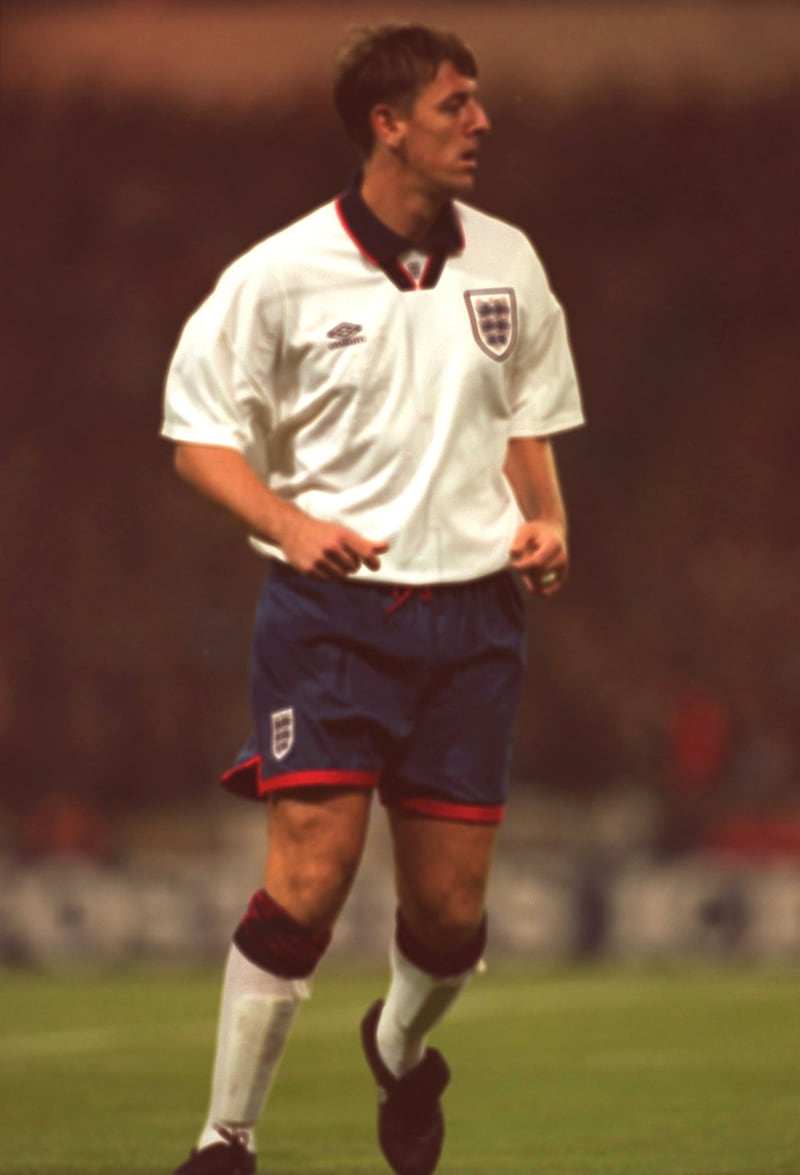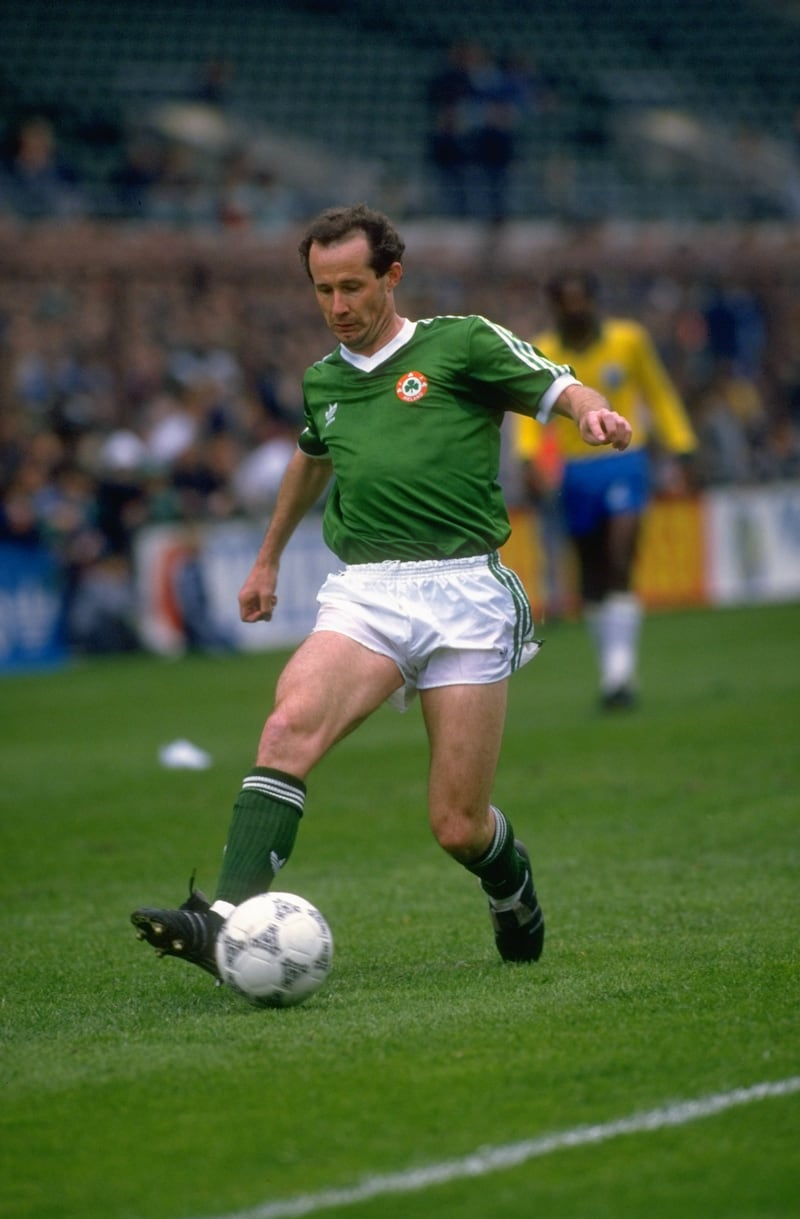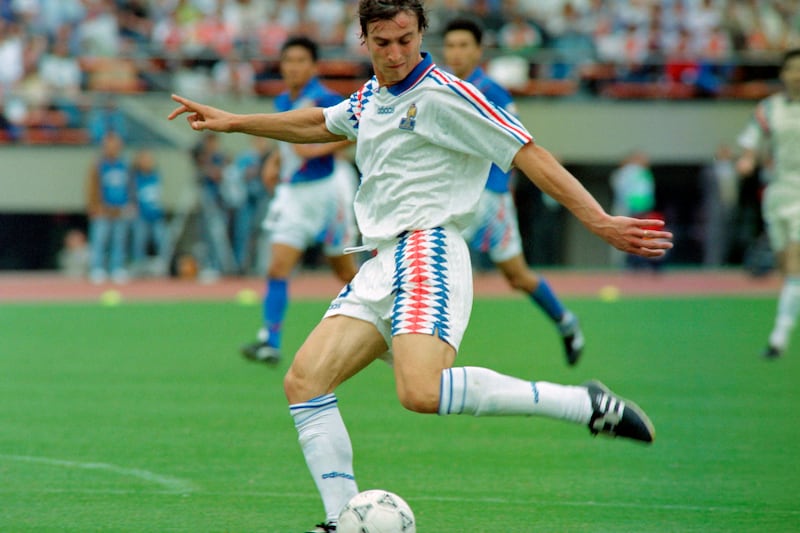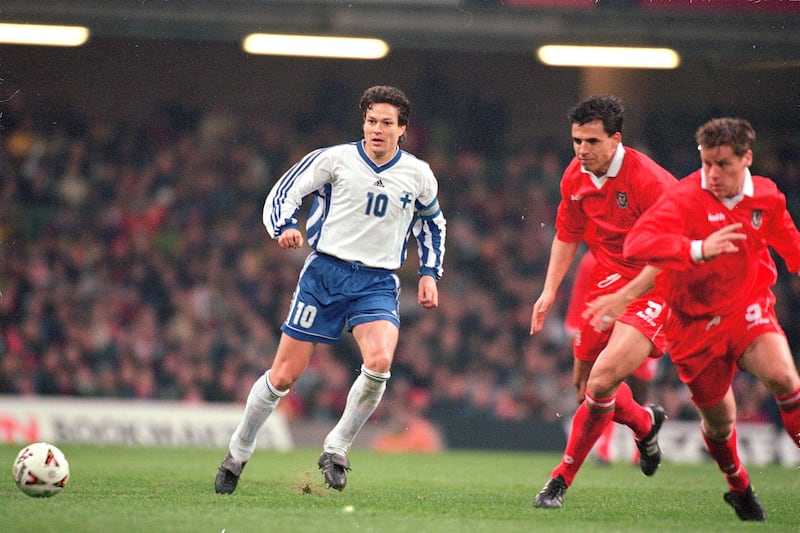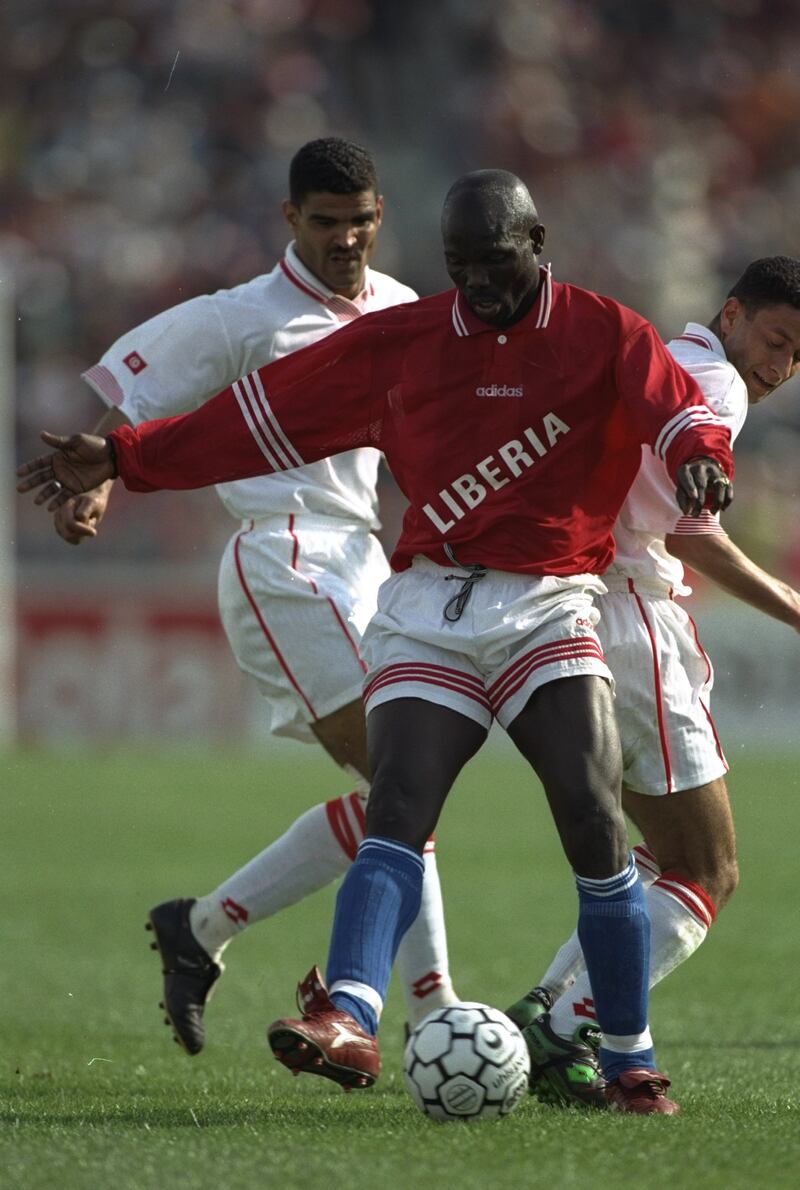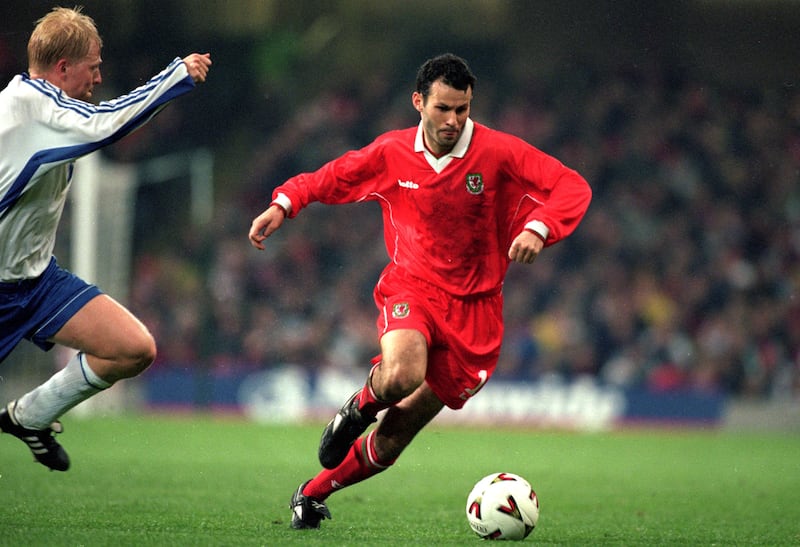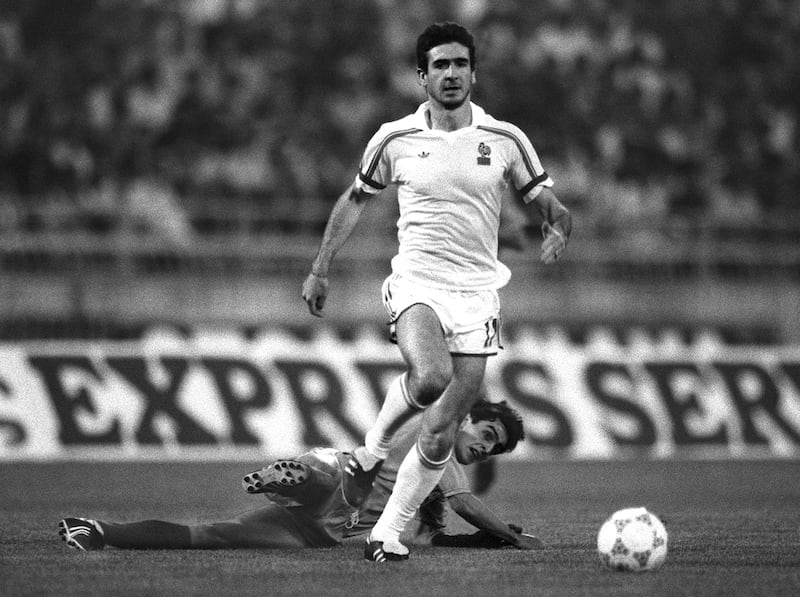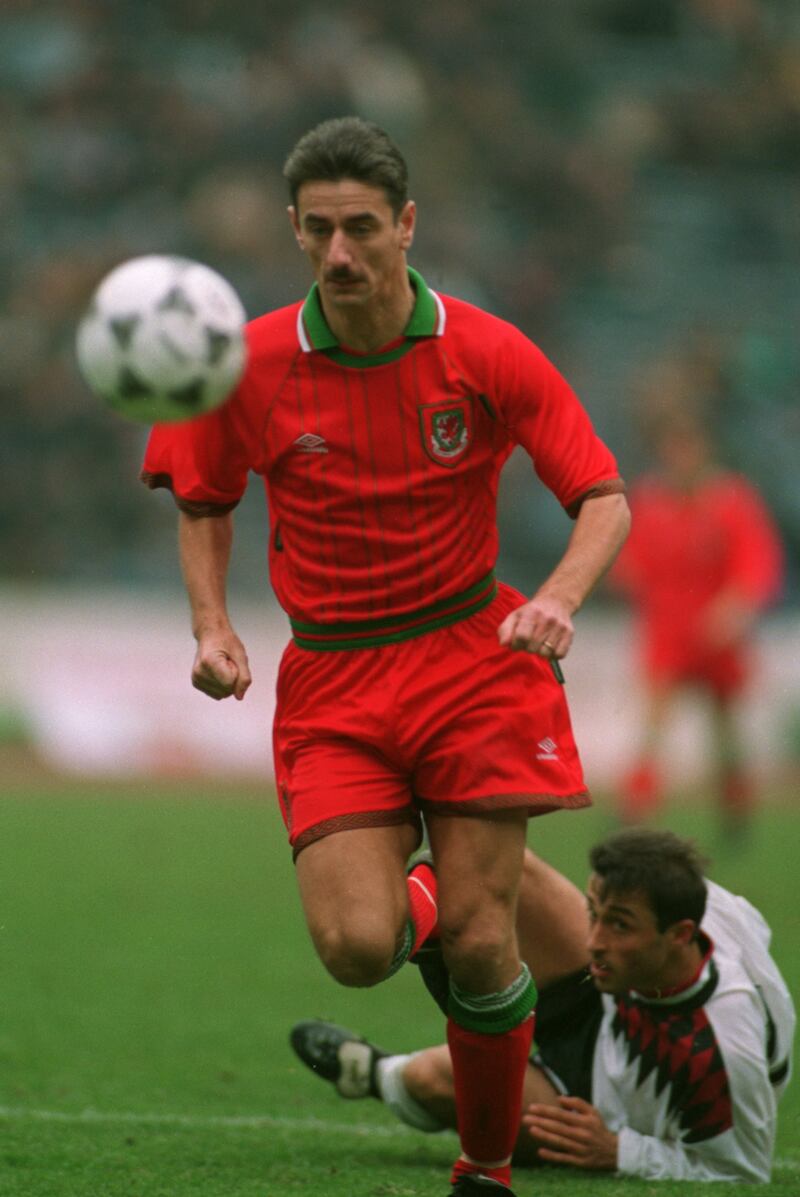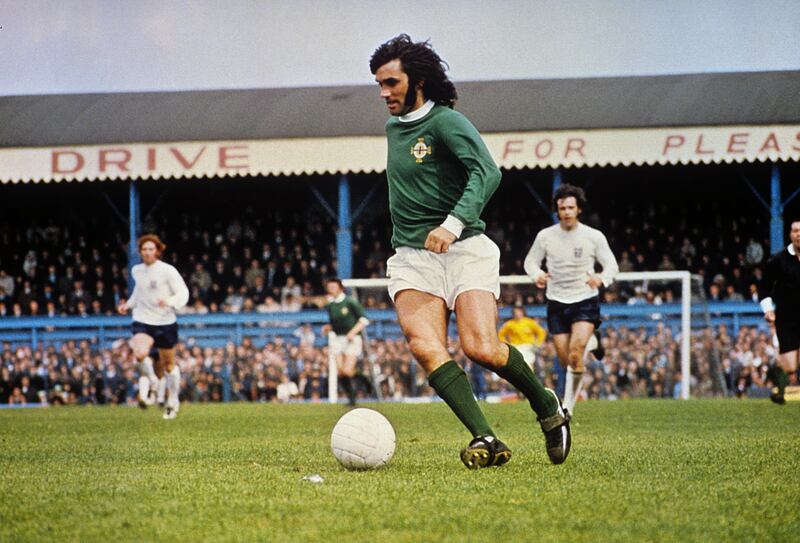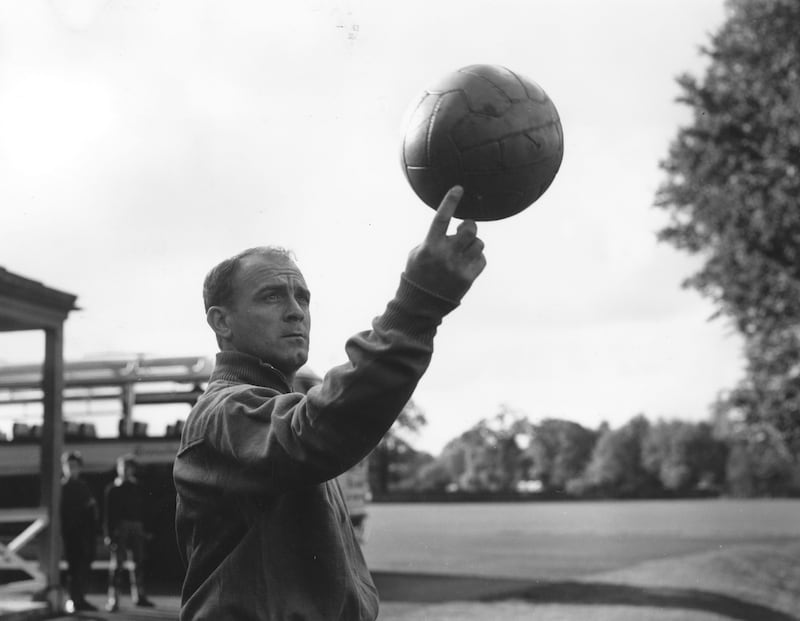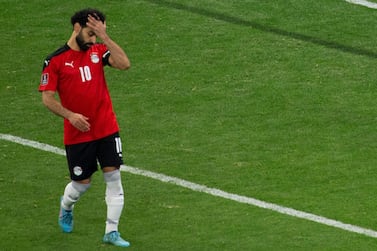10: Matthew Le Tissier - England (eight caps, 0 goals)
That the Guernsey-born midfielder spent his entire career at unfashionable south coast club Southampton didn’t help his chances of selection for England.
There was interest in him from likes of Manchester United and Tottenham Hotspur and, in August 1995, Chelsea reportedly made a £10 million bid which would have made him the most expensive player in English football history at the time.
The return for his extravagant skills and eye for spectacular goals – he scored 25 for Saints in the Premier League in the 1993-94 season – was a miserly eight caps over three years.
He was picked by Terry Venables to start the friendlyagainst the Republic of Ireland at Lansdowne Road in 1995 before the match was abandoned after England fans started a riot.
In the run-up to the 1998 World Cup, Le Tissier scored a hat-trick in a 4–1 victory for England B against Russia B but he was controversially overlooked by manager Glenn Hoddle for the final squad. He never played for England again.
9: Liam Brady - Republic of Ireland (72 caps, nine goals)
A stylish midfielder who scored 43 goals in 235 league games for Arsenal, winning the FA Cup in 1979, Brady went on to make his mark in Italian football at a time when few exports from the UK and Ireland succeeded in the major European leagues.
He played 76 games for Juventus, scoring 15 goals and winning two league titles in 1981 and ’82, before moving to Sampdoria, Inter Milan and Ascoli.
He was voted PFA Players’ Player of the Year in 1979. Brady made his international debut for Ireland in 1974 and scored his favourite international goal against Brazil in 1987.
He missed out on the European Championship finals in 1988 due to suspension and was overlooked by Jack Charlton for the 1990 World Cup in Italy.
8: David Ginola - France (17 caps, three goals)
The flamboyant winger moved from Paris Saint-Germain, where he clocked up 33 goals in 115 Ligue 1 games, to Newcastle United in 1995 and immediately set the Premier League alight with his thrilling running ability.
He joined Tottenham Hotspur for £2.5m in 1997 and in 1999 was named PFA Players’ Player of the Year and FWA Footballer of the Year.
Ginola’s mistake in the 1994 World Cup qualifier against Bulgaria led to the goal that meant France failed to make it to the finals in the US. France manager Gerard Houllier described the misplaced pass by Ginola as “an Exocet missile through the heart of French football”.
Although he was regularly selected by Houllier’s successor Aime Jacquet, he was often only a substitute. His last game for the national team was in 1995.
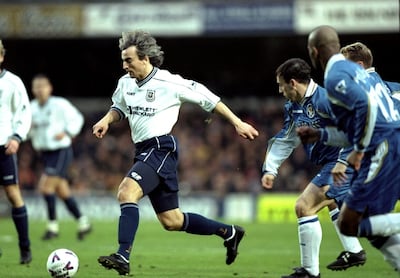
7: Jari Litmanen - Finland (137 caps, 32 goals)
Finland’s greatest footballer of all time, Litmanen held the national team’s goalscoring record until it was broken by Teemu Pukki in 2021.
Considered one of the best attacking midfielders in the world, his club career took him to Ajax (twice), Barcelona and Liverpool. He racked up 173 goals in 449 club appearances.
His later years were marred by injury and he was unable to maintain his early success at Ajax, where he scored 91 goals in 159 league games. He won five league titles and the 1995 Champions League with Ajax, as well as an FA Cup and Uefa Cup with Liverpool.
He was third in the 1995 Ballon d’Or (European Footballer of the Year).
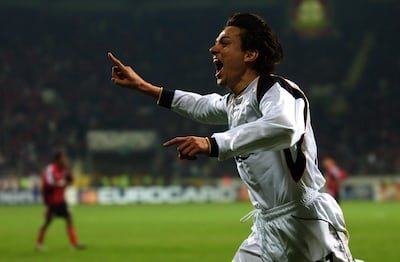
6: George Weah - Liberia (75 caps, 18 goals)
Regarded as one of the greatest African players of all time, he won the Fifa World Player of the Year and Ballon d’Or in 1995.
He was also runner-up in the World Player of the Year to Brazilian superstar Ronaldo in 1996. Weah reached the final of the European Cup Winners Cup with Monaco in 1992 before moving to Paris Saint-Germain, where he scored 32 goals in 96 games and won Ligue 1 in 1994.
He joined AC Milan in 1995 and won the Serie A title twice, scoring 46 goals in 114 league appearances for the Italian giants.
Weah represented Liberia at two African Cup of Nations tournaments but has been described as “hamstrung by hailing from a global minnow”.
5: Ryan Giggs - Wales (64 caps, 12 goals)
Manchester United’s flying winger represented his club a record 963 times, scoring 168 times, but there was often a feeling that Alex Ferguson came out on top in the club versus country battle over Giggs.
He made his international debut coming on as a substitute against Germany in 1991. He was part of the ‘Golden Generation’, along with Ian Rush, Mark Hughes and Neville Southall, who narrowly missed out on World Cup qualification when they lost to Romania in 1993 and failed to make it to the finals in the US in 1994.
Giggs amassed 13 Premier League titles with United, alongside two Champions League trophies, four FA Cups, three League Cups, a Uefa Super Cup and Fifa Club World Cup.
He was PFA Young Player of the Year in 1992 and 1993 and PFA Players’ Player of the year in 2009.
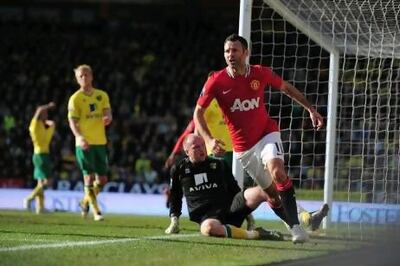
4: Eric Cantona - France (45 caps, 20 goals)
An unpredictable genius and one of the most charismatic footballers of all time, Cantona’s international career was a disappointment.
After moving from France to England in 1992, he was instrumental in Leeds United landing their first league title since 1974.
He was then poached by Sir Alex Ferguson and became the catalyst for Manchester United’s most successful era. He scored 82 goals in 185 games for the club, including the 85th-minute winner in the 1996 FA Cup final against Liverpool.
He also bagged four Premier League winner’s medals while at Old Trafford. He was third in the 1993 Ballon d’Or and won the PFA Players’ Player of the Year in 1994 and the FWA Footballer of the Year in 1996.
Along with Ginola, his international career was brought to an end by France’s failure to qualify for the 1994 World Cup.
3: Ian Rush - Wales (73 caps, 28 goals)
One of British football’s ultimate predators, Rush clocked up a record 346 goals in 660 appearances for Liverpool across two spells at the club.
In between, he spent a season at Juventus after joining the Serie A giants for a British record transfer fee of £3.2m in 1986.
His time in Italy was less successful and he managed only seven goals in 29 games. During his time at Liverpool he won five league titles, three FA Cups, five League Cups and the 1981 and ’84 European Cups.
He won both the PFA Players’ Player of the Year and FWA Footballer of the Year in 1984. Rush made his international bow in 1980 and scored the winning goal against World Cup holders Germany in 1991 in a Euro 1992 qualifier in Cardiff.
In 1993, Wales just missed out on qualification for the 1994 World Cup after they were beaten 2-1 by Romania in Cardiff. Rush was Wales’s top scorer until 2018 when his 28-goal tally was overtaken by Gareth Bale.
2: George Best - Northern Ireland (37 caps, nine goals)
Like George Weah, Bestie suffered from playing for one of the smaller nations in world football. Regarded by many as one of the greatest footballers of all time, Best was a genius whose skill and good looks lifted him to a level of celebrity shared only by the stars of film and pop music.
He made his senior debut for Manchester United at 17 in 1963 but cemented his superstar status aged 19 when he scored two goals in the quarter-finals of the European Cup against Eusebio’s Benfica in Lisbon in 1966.
That dazzling performance earned him the nickname ‘El Beatle’ in the UK tabloid press. He won the league title in 1965 and 1967 but his finest hour was scoring in United’s 4-1 extra-time victory over Benfica in the 1968 European Cup final at Wembley. It earned him that year’s Ballon d’Or and FWA Footballer of the Year.
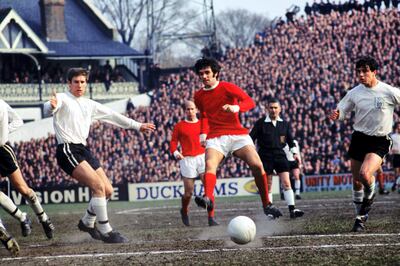
1. Alfredo di Stefano - Argentina (Six caps, six goals); Colombia (four caps, 0 goals); Spain (31 caps, 23 goals)
The man regarded by many, including Pele and Diego Maradona, as the greatest footballer of all time. Di Stefano started his career at River Plate in Argentina, scoring 49 goals in 66 games before moving to Huracan and Millonarios in Colombia, a spell in which he notched 100 goals in 126 games.
Then came the switch to Europe and Real Madrid. The ‘Blond Arrow’ scored 216 goals in 282 league games for Los Blancos and, alongside strike partner Ferenc Puskas, won five European Cups and eight La Liga titles. He also won the Ballon d’Or in 1957 and ’59.
Di Stefano switched his international allegiance from Argentina to Colombia and finally to Spain after becoming a Spanish citizen in 1956.
The Spaniards, boasting a front line of Di Stefano, Francisco Gento and Luis Suarez, were favourites to qualify from their group or the 1958 World Cup in Sweden but lost out to Scotland.
In 1962, Di Stefano helped Spain to qualify for the finals in Brazil but missed the tournament through injury, thus depriving the greatest stage in football one of the greatest players the world has ever seen.
